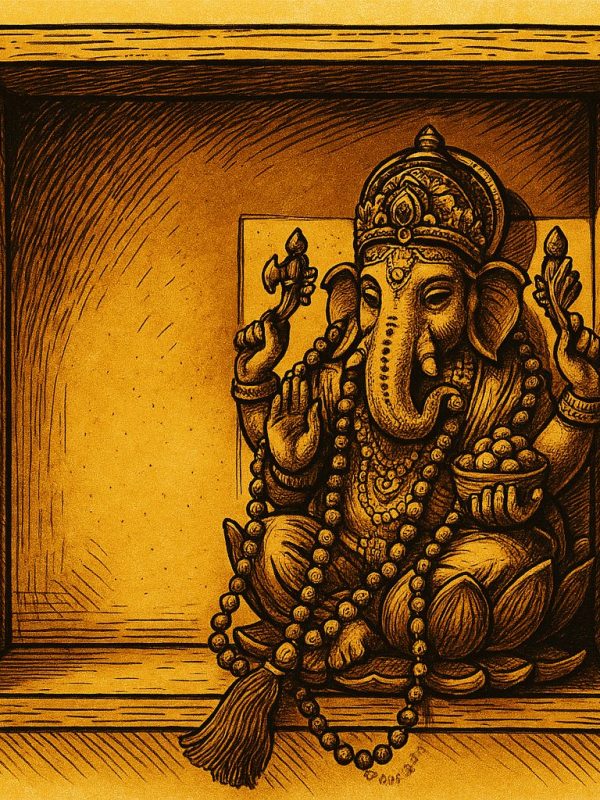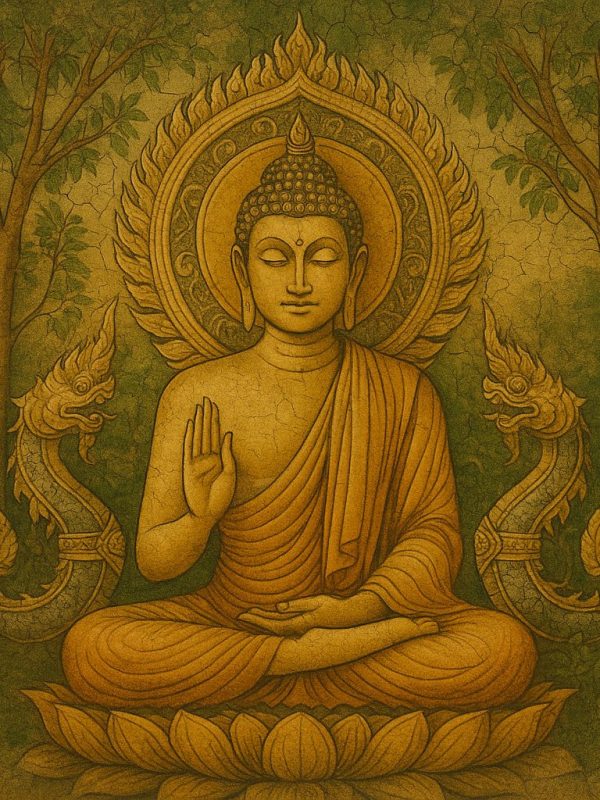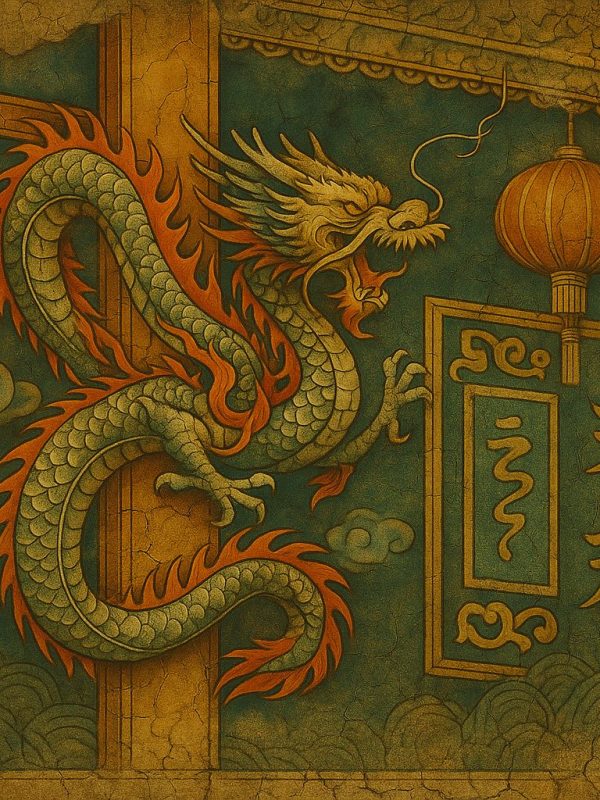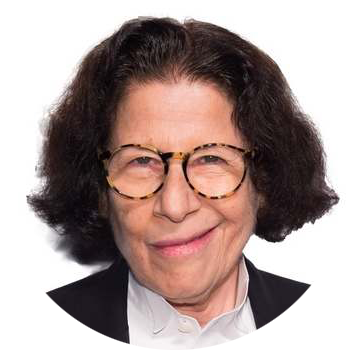Using Dharma, Karma, and Bhakti to Evolve Your Inner World
Hinduism doesn’t treat “spiritual life” as a side project. It treats your entire life—work, relationships, health, and inner world—as raw material for awakening.
Recent work in Indian psychology and positive psychology shows that Hindu concepts like dharma, karma, yoga, and bhakti map closely onto what we now call flourishing, resilience, and meaning in life.
SpringerLink
+1
This article shows you how three core Hindu principles—dharma (aligned living), karma (conscious action), and bhakti (devotional love)—can become a practical framework for spiritual growth and inner evolution.
Using Dharma, Karma, and Bhakti to Evolve Your Inner World Read article













